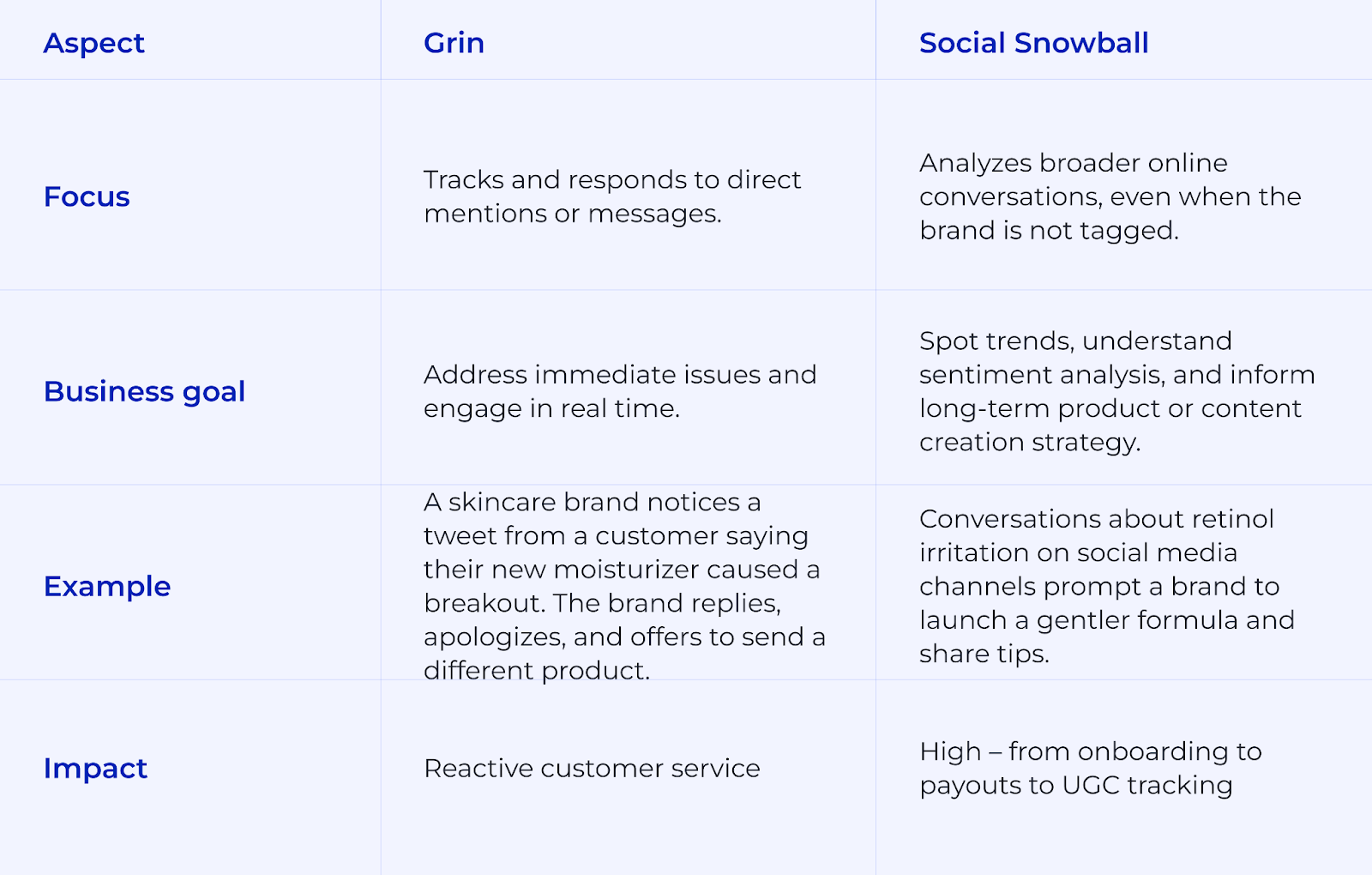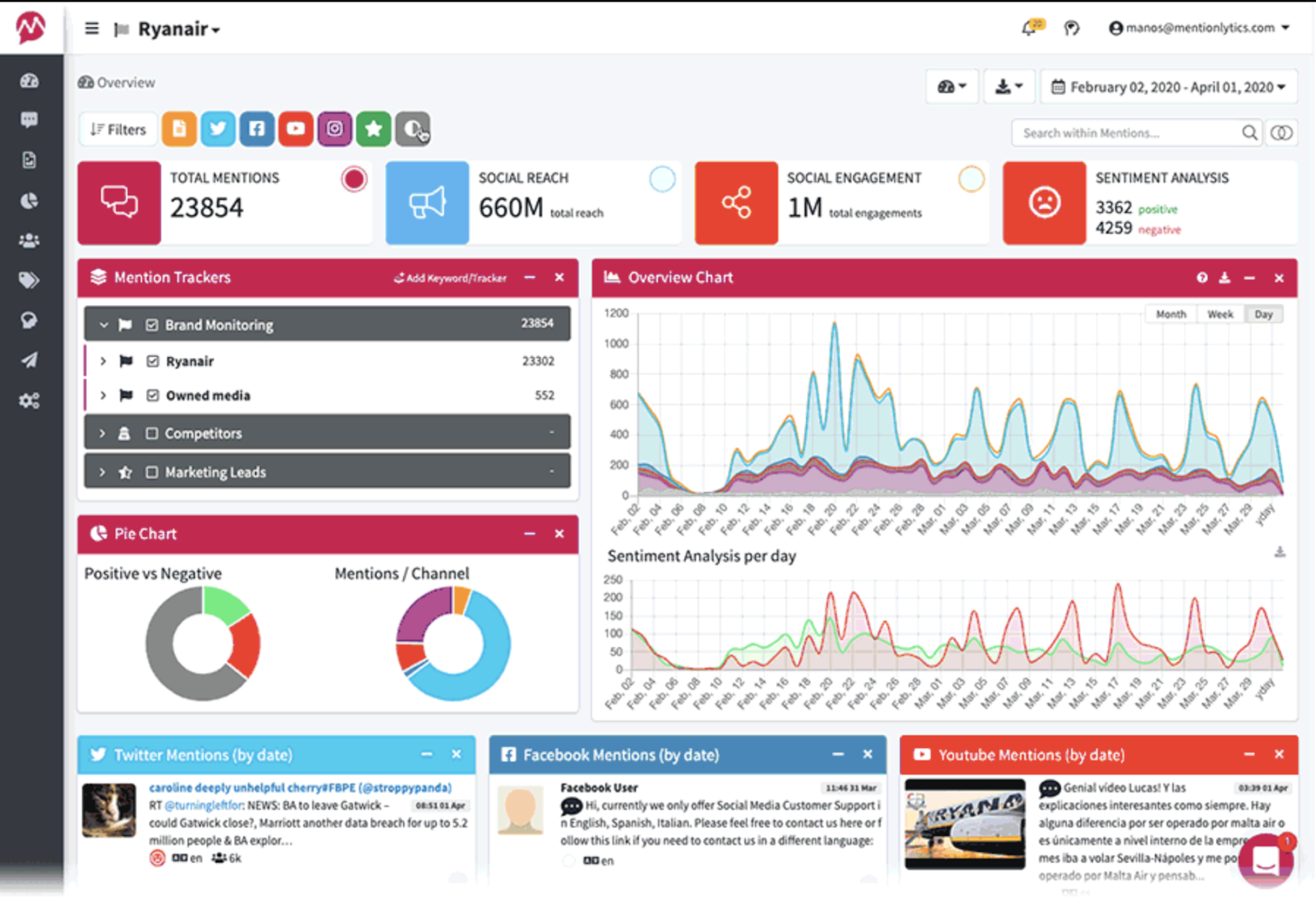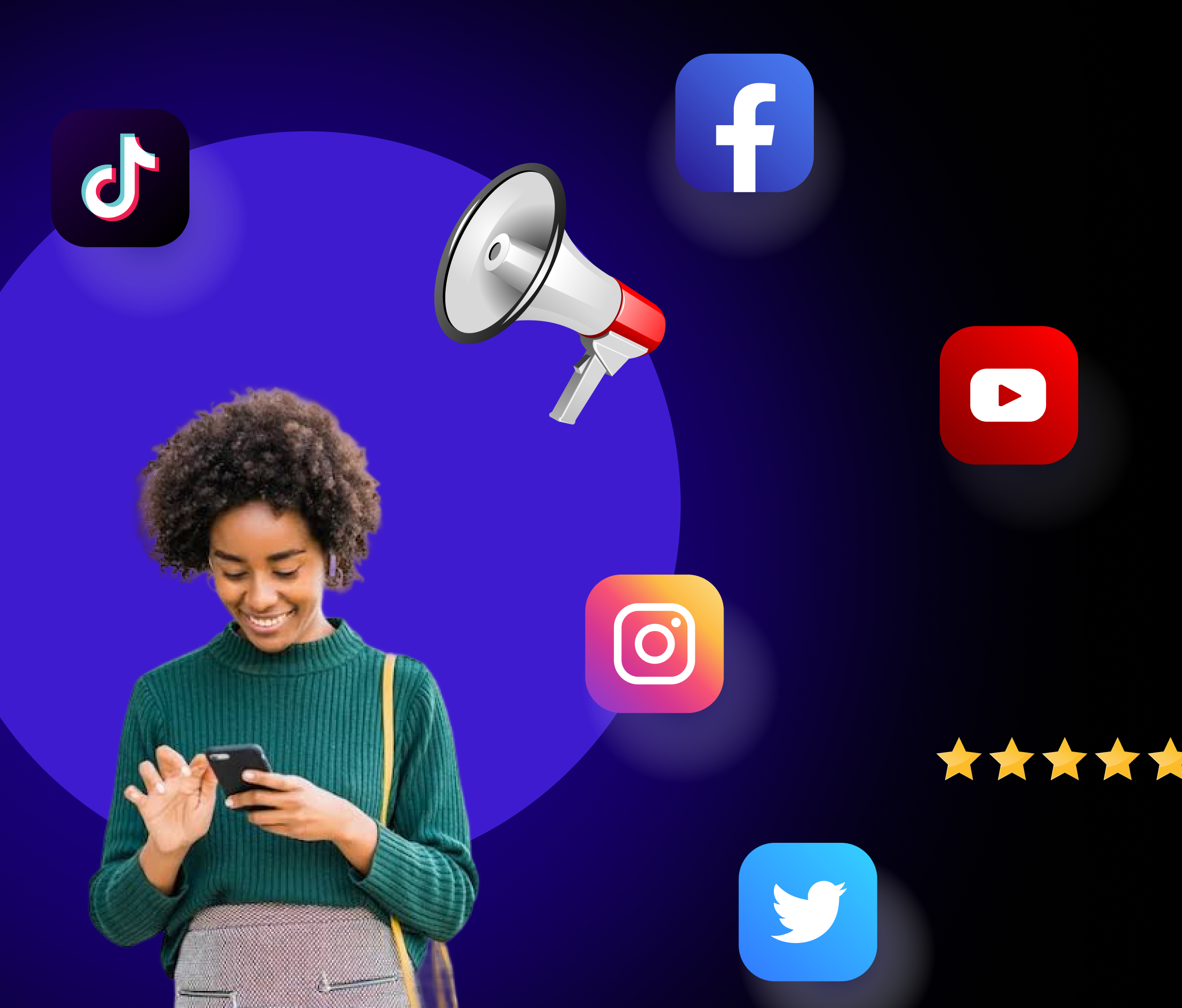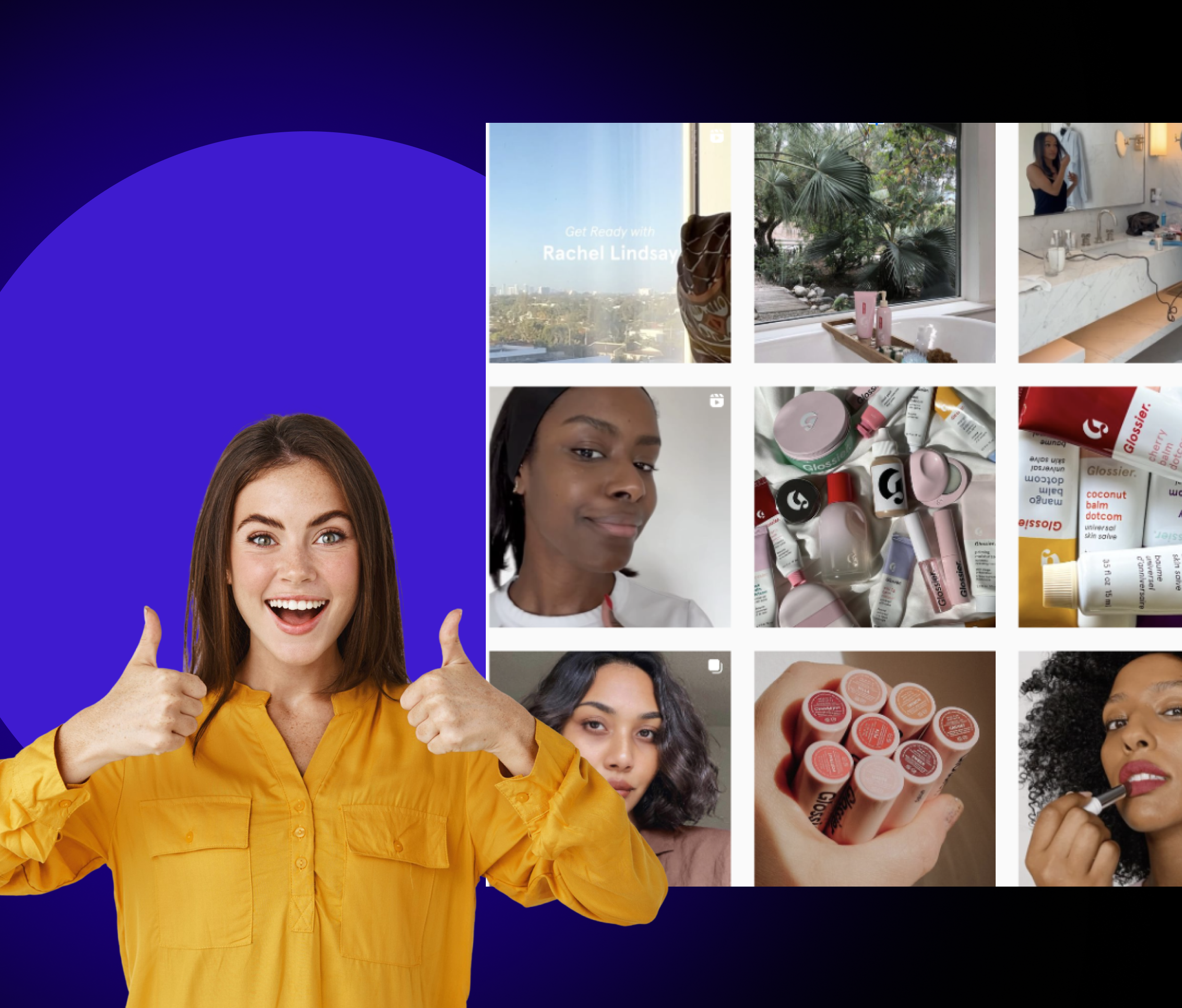Customers are constantly talking about the brands and the products they use, but many brands aren’t paying attention.
These conversations happen in real time across social media, forums, and content platforms, revealing valuable insights into what people love, what frustrates them, and what they want more of.
Leading ecommerce brands use social listening to understand how their brand is perceived, identify emerging trends, and uncover opportunities to improve, engage, and grow.
In this blog, we’ll explore what social listening is and how your ecommerce brand can leverage it to strategically drive growth.
What is social listening?
Social listening is the process of tracking and analyzing online conversations to learn how people feel about your brand and products. It’s about understanding public perception so you can respond with smarter strategies, improve customer engagement, and stay ahead of market shifts.
While it’s often confused with social media monitoring, the two serve different purposes.
- Social monitoring:
- Focus: Tracks and responds to direct mentions or messages, specific to brand monitoring.
- Business goal: Address immediate issues and engage in real time.
- Example A skincare brand notices a tweet from a customer saying their new moisturizer caused a breakout. The brand replies, apologizes, and offers to send a different product.
- Impact: Reactive customer service
- Social listening:
- Focus: Analyzes broader online conversations, even when the brand is not tagged.
- Business goal: Spot trends, understand positive and negative sentiment, and inform long-term product or content creation strategy.
- Example Conversations about retinol irritation on social media channels prompt a brand to launch a gentler formula and share tips.
- Impact: Proactive product development and messaging refinement

Benefits of social listening
Beyond understanding your target audience and making smarter marketing decisions, social listening offers strategic benefits that can drive growth across your entire business
1. Improve customer experience
By paying attention to what customers are saying online, you can spot pain points early and respond before they escalate. Social listening allows you to refine your messaging, resolve issues quickly, and shape a brand experience that resonates with your audience in real time.
2. Informed product development
Customer conversations reveal what’s missing, what they love, and what needs fixing. These unfiltered insights help you make data-driven product updates or generate entirely new ideas based on actual customer needs, not assumptions.
3. Competitive advantage
Social listening lets you run competitive analysis, allowing your brand to stay informed about what people are saying about your competitors. This gives you a clear view of what competitors are doing well (or poorly), how your brand stacks up, and where you can differentiate to stay ahead.
4. Optimize marketing campaigns
Track sentiment, engagement, and audience reactions to understand what’s landing and what’s falling flat. Social listening helps you fine-tune campaign messaging, identify top-performing channels, and adapt your marketing strategy based on real-time feedback.
5. Increase brand awareness
Even when you’re not mentioned directly, people are discussing topics relevant to your business. Social listening lets you join those conversations authentically, build brand presence, increase awareness among potential customers, and maintain a positive brand reputation before you're tagged or mentioned.
6. Identify influencers for partnerships
Influencers often shape brand perception well before formal partnerships begin. Social listening helps you identify individuals who are already engaging with your niche, allowing you to connect with potential advocates and collaborators early.
Use cases of social listening
Social listening doesn’t just tell you what people are saying. It reveals what’s gaining traction, what’s changing, and where your brand can respond with clarity and impact. Here’s how ecommerce brands can use it across key areas:
1. Marketing
Social listening allows ecommerce brands to craft messaging that resonates by tapping into how customers naturally talk about their needs, preferences, and experiences. Here’s how:
Identify the right language
By monitoring customer conversations, you can mirror the exact words and phrases your audience uses, making your ads and messaging feel more relatable and trustworthy.
For example, e.l.f. Cosmetics launched the #eyeslipsface TikTok challenge using original music and messaging that matched how Gen Zs described their minimalist beauty habits. The result was nearly 5 million user-generated videos and over a billion views.

Identify and repurpose UGC
Your customers are already creating content about your brand but social listening helps you find it. Repurposing user-generated content builds trust and drives performance across ads, product pages, and social channels.
For instance, Wildbird, a babywearing brand, used Social Snowball’s social listening and link tracking features to identify high-performing content, catch coupon leaks, and build a UGC library they could easily reuse. This generated $196K in affiliate-attributed revenue, a 9.2x ROI, and 10+ hours saved each week through automation.

Capture testimonials
Pull real quotes from customer posts, reviews, or mentions to use in landing pages, emails, or ads. These organic testimonials feel more credible than polished marketing copy and help boost conversion.
Content strategy and trends
Social listening reveals early signals about what your audience cares about, helping you shape content that’s timely, relevant, and aligned with real-world conversations.
You can use social listening to:
- Track emerging conversations in your niche.
- Identify formats and topics gaining momentum.
- Build content calendars that stay culturally and seasonally relevant.
2. Customer experience
Listening to online sentiment allows you to respond to customer needs in real time and improve customer satisfaction across the journey.
- Monitor relevant conversations during high-stakes events (product launches, shipping delays, holiday surges).
- Catch early signals of frustration or confusion.
- Adjust messaging, update FAQs, or offer incentives before issues escalate.
By staying attuned to what customers are feeling, you can reduce churn and build long-term loyalty.
3. Brand and product development
Social listening gives you a direct line to customer insights—what they value, what they expect, and what might be missing.
- Analyze product mentions and reviews to identify customer feedback around quality, features, or packaging.
- Understand how your brand is perceived in the context of competitors or industry conversations.
- Conduct market research to identify emerging trends and shifting customer preferences, inspiring new product lines or limited-edition drops
- Post-launch, track product sentiment in real time and adjust messaging, support, or product details as needed.
This ensures your brand stays relevant and responsive to evolving customer needs.
For example, When the “cherry-core” trend took off on TikTok, Kroger quickly responded with a cherry-themed product line in stores, demonstrating how digital buzz can translate into real-world sales.

Tools for social listening
The best social listening tools help you track both tagged and untagged mentions of your brand, competitors, and industry trends across platforms like Instagram, TikTok, Reddit, and more.
Here are some of the best social listening platforms that ecommerce brands can use to get started:
Social media like TikTok and Instagram:
Even without formal social media listening tools, you can learn a lot by monitoring hashtags, mentions, comments, and tagged posts on social media platforms. This approach helps you:
- Spot viral trends and cultural moments early
- Identify UGC to repurpose in your campaigns
- Track brand sentiment in real time
- Discover creators already engaging with your brand
This is often the first step for most ecommerce brands and remains one of the most accessible ways to listen, especially when resources are limited.

Brandwatch
Brandwatch focuses on data collection from social media, forums, blogs, and review sites to track brand sentiment, trends, and competitor performance in real time.
It’s ideal for medium to large ecommerce brands looking for multi-channel insights, including social media analytics, audience behavior, and demographics.

Mentionlytics
Mentionlytics is an AI-powered tool designed for ecommerce brands that want quick, actionable insights from online conversations.
It helps automate tracking mentions across social channels, blogs, and news sites, monitors customer sentiment in real time, and uses its AI Social Intelligence Advisor (SIA) to recommend posting times, trending topics, hashtags, relevant keywords, and engagement tips.

Social listening strategy: How to turn listening into action
Listening is only the first step. What matters is what you do next. Social listening becomes effective only when the insights you’ve gathered are used to guide your brand’s decisions.
Here’s how ecommerce brands can turn what they hear into action:
1. Share insights across teams
Make sure the insights you gather don’t sit with just the marketing team. If customers consistently mention confusion around sizing, your product team needs to know. If shipping questions are trending, your customer support team should be looped in.
Sharing social listening data cross-functionally ensures every team is equipped to respond faster and more effectively.
2. Highlight top quotes and mentions
When a customer organically praises your product, highlight it. Pull quotes from social posts and reviews to use in landing pages, paid ads, product pages, and email subject lines.
These real voices build trust and credibility faster than polished brand copy ever could.
3. Capture and repurpose user-generated content
Social listening helps you uncover untagged user-generated content (photos, testimonials, or reviews) that would otherwise go unnoticed.
With tools like Social Snowball, you can actively track, collect, and repurpose high-performing UGC directly from Instagram without manual digging, making your affiliate or referral campaigns even more powerful and authentic.
Leverage social listening to iterate and improve your ecommerce brand!
Every tweet, social media post, or story about your brand is a chance to learn, improve, and grow. Social listening helps you turn online brand image into meaningful action, from shaping your next product launch to refining how you speak to your customers.
When used consistently, it becomes a powerful way to stay relevant, build loyalty, and strengthen your online presence across every touchpoint.
If you want to track brand mentions on Instagram and TikTok, Social Snowball makes it easy. Besides managing your entire affiliate and referral program in one powerful dashboard, the tool captures all content created about your brand and its products. This gives you a library of user-generated content that you can repurpose easily.

Frequently asked questions
How can social media listening increase customer advocacy?
Social media listening can boost customer advocacy by helping businesses understand and connect with their customers better. By keeping an eye on social media conversations, brands can spot loyal customers, respond to concerns quickly, and build real relationships.
This leads to happier customers, a stronger brand name, and more people naturally talking about the brand and recommending it.










